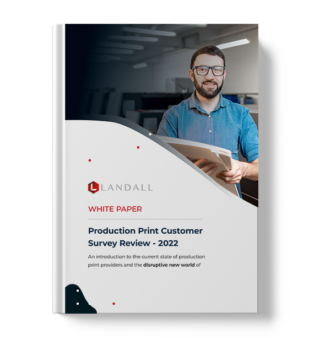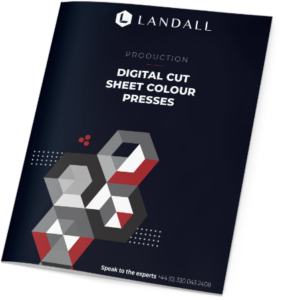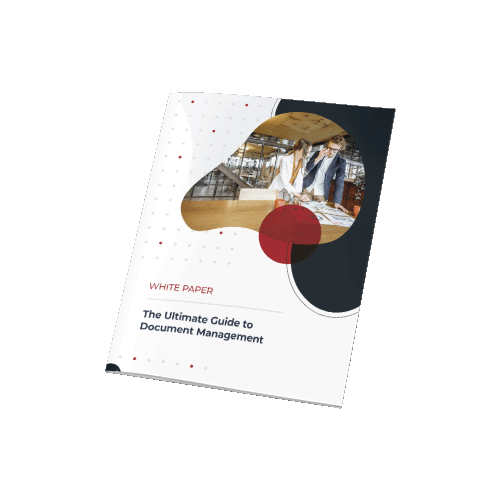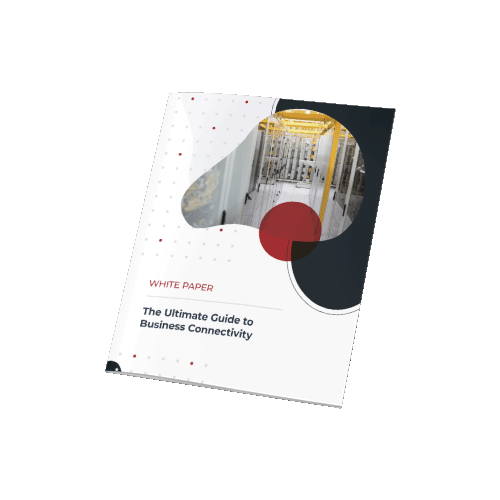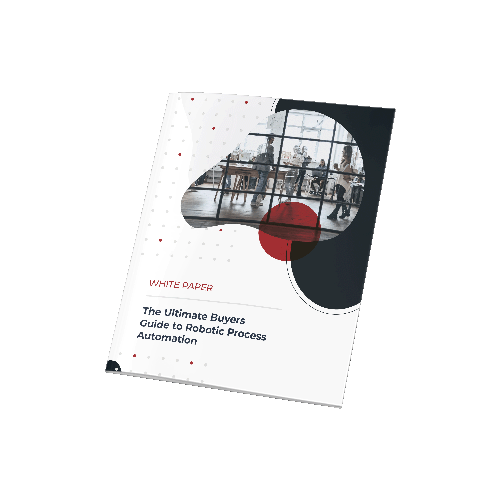Marketing Assistant
Publish on: 31 August 2023 at 13:34
Automating Accounts Payable Processes
Manual Tasks that are Quick to Automate
In today’s modern business landscape, time is of the essence. Yet, many businesses are still grappling with time-consuming manual processes, particularly within their accounts payable (AP) department. From invoice processing to the tiresome task of document storage and retention, these manual processes drain valuable time and resources. Opening the door to errors, inefficiencies and missed opportunities. Moreover, these tasks deplete the effectiveness of your AP team. Humans were not designed to be robots, to talk like robots, to function like robots, tirelessly performing repetitive tasks day in and day out. Instead, your human workforce was created to tackle intricate and imaginative challenges, frequently necessitating dedicated time to formulate inventive solutions for demanding issues. This is precisely where automation comes into play, liberating us from the time-consuming tasks that drain the life out of our brilliant AP teams.
The need for transformation is undeniable and the solution lies in harnessing the power of automation. Together, we’ll embark on a journey into the world of AP automation, focusing on five critical tasks that are ideal for automation. We are tailoring this guide to AP roles and business owners. Offering insights, answers and an in-depth exploration of how embracing AP automation can reshape your financial operations.
Invoice Processing
From Stress to Success
The Manual Process
The process of manually handling invoices is often time-consuming. Usually, it starts with the collection of paper invoices and potentially other varied digital files. The next steps include manually inputting data and cross-checking invoice details. This process is susceptible to errors, leading to prolonged delays and operational inefficiencies. With emphasis hugely on wasted time.
Examples of this manual process include:
- Receiving a multitude of paper invoices and scattered digital documents.
- Manually typing data into systems.
- Verifying and cross-referencing invoices.
- Creating purchase orders, reviewing delivery notes and price matching.
How Automation Technology Can Help with Invoice Processing
Automated AP solutions step in to seamlessly manage the entire process. These solutions gather invoices from diverse sources – emails, scans, or electronic data interchange. By harnessing the capabilities of intelligent indexing powered by advanced machine learning, crucial data points like supplier details, invoice numbers and amounts are effortlessly extracted. The result is a streamlined and remarkably simplified process.
The Benefits of Embracing this Technology
- Quickly find specific documents.
- Increasing accuracy and processing times, with invoices seamlessly routed for approvals.
- Enabling your team to focus on creative tasks, free from manual burdens.
“According to market research analyst Gartner, the average cost of processing a single invoice in the U.K. ranges between £4 – £25 without automation, in some cases as much as £50 per invoice.”
Matching Invoices to Purchase Orders
Efficiency Amplified
The Manual Process
Manually matching invoices to purchase orders is a boring task. This process involves meticulously cross-referencing the details of invoices against corresponding purchase orders. As invoices arrive, the AP team must verify item descriptions, quantities, prices and other essential data. This task is prone to human errors, which can create bottlenecks and demand significant time for resolution. The risk of entering incorrect information is ever-present, leading to confusion, delays and a potential cascade of issues downstream.
Examples of this manual process include:
- Collecting and organising invoices for processing.
- Cross-referencing invoices with purchase orders.
- Validating item details, including the item descriptions, quantities, prices and other critical data.
- Identifying inconsistencies between the invoice and the purchase order.
- Manual data entry into the AP system.
How Automation Technology Can Help with Matching Invoices to Purchase Orders
Automation solution is a beacon of efficiency and accuracy in the world of invoice matching. An automated solution takes on the cross-referencing task, leaving no room for human error. This solution utilises advanced algorithms and data-matching techniques to cross-check invoices against purchase orders. Any inconsistencies are immediately flagged to the AP team, ensuring swift resolution. This process ensures that every invoice aligns with the intended purchase.
The Benefits of Embracing this Technology
- Eliminate the need for manual cross-referencing.
- Save valuable time.
- Mitigate the risk of errors.
- Empower your team to confidently approve invoices, knowing that the automation system has validated the information.
Imagine that one member of your accounts team spends 1 hour and 40 minutes per week manually matching invoices to purchase orders. Alternatively, implementing an automation solution could reduce the time required to complete this task to just 5 minutes.
Compliance and Reporting
Eliminate the Stress of Manual Checks
The Manual Process
Navigating the landscape of compliance and reporting using manual methods can be a daunting process. The task of ensuring adherence to financial regulations requires a series of meticulous manual checks and validation processes. This reliance on human intervention leaves room for potential oversights, inaccuracies and increased stress for your AP team.
Examples of this manual process include:
- Adhering and staying compliant with financial regulations.
- Manual verification to ensure that all documents align with regulatory requirements.
- Validation of key information, such as tax codes and relevant documentation.
- Generating accurate and comprehensive reports for internal and external stakeholders.
- Organising and retaining relevant documents in compliance with retention policies.
How Automation Technology Can Help with Compliance and Reporting
Automation technology is the reliable guardian of compliance and reporting tasks. This solution ensures that your financial processes adhere to regulations without fail. Intelligent algorithms meticulously review every aspect of an invoice. From tax codes to vendor details, nothing escapes its scrutiny, ensuring that all information aligns seamlessly with regulatory standards.
The Benefits of Embracing this Technology
- Automation ensures that every invoice is meticulously vetted according to your organisation’s financial policies.
- The risk of human errors is significantly reduced, safeguarding you against the potential penalties of non-compliance.
- Timely reporting and accurate generation of reports for stakeholders.
- Creating elevated accuracy of compliance checks and reporting. Enhancing the credibility of your financial operations.
Imagine a scenario where all compliance is adhered to, all documents are automatically verified and reports are generated, ready to send to stakeholders.
Payment Processing
Accelerating Transactions
The Manual Process
In the world of AP, the journey of payment processing is a multi-step task that spans from verification to approvals, often fraught with the possibility of delays. Manual handling of payment transactions can lead to inefficiencies and potential disruptions in vendor relationships. As the intricate steps demand time and meticulous attention.
Examples of this manual process include:
- Routing invoices through various approval hierarchies based on predetermined rules and designated decision-makers.
- Manually inputting invoice and payment data into the financial system.
- Cross-referencing invoices with purchase orders and related documents to verify the legitimacy of transactions.
- Acquiring authorisation for payment execution from authorised personnel or departments.
- Manually notifying vendors of approved payments and expected payment dates.
How Automation Technology Can Help with Payment Processing
The emergence of automation serves as a game-changer, introducing a seamless transition from manual to automated payment processing. With the power of automation at your fingertips, payment processing is effortlessly streamlined through the deployment of efficient workflows. These workflows extend their reach further than payment approvals. They ensure notifications for payment are promptly dispatched.
The Benefits of Embracing this Technology
- Prevents payment errors.
- Swift payment approvals, enabling you to adhere to payment schedules without delay.
- By ensuring timely payments, automation nurtures smoother interactions with vendors, fostering trust and stronger relationships.
- Automation’s efficiency minimises disruptions in your payment cycle, allowing your financial operations to flow seamlessly.
- With automation managing payment notifications, your team can focus on strategic tasks, allowing for enhanced operational streamlining.
Now imagine smoother payment processes with no delays, not having to worry about sending out notifications manually and having strong relationships with your vendors.
Document Storage and Retention
From Chaos to Organisation
The Manual Process
In the world of AP, manual document storage and retention can quickly transform into an uphill battle. The process involves physically filing paper documents, managing disparate digital files and the perpetual risk of misplacing critical information. This can lead to cluttered storage spaces, the inability to quickly retrieve essential documents and the potential for critical data to get lost in the shuffle.
Examples of this manual process include:
- Organising and filing paper invoices and related documents into storage systems.
- Managing and categorising digital files across various locations and systems.
- Locating specific documents within physical or digital storage systems when needed.
- Gathering and organising documents for audit purposes.
How Automation Technology Can Help with Document Storage and Retention
This transformative force ushers in an era of organised and efficient document archiving. With automation as your ally, the chaos associated with manual document storage vanishes, making way for streamlined and accessible solutions. Invoices are securely stored within a centralised repository, safeguarding them from loss, damage or misplacement.
The Benefits of Embracing this Technology
- With digitised document storage, audits become simplified as you can swiftly access and present necessary documents.
- Automation significantly reduces the need for physical storage space, leading to substantial cost savings associated with paper-based storage.
- The organised and accessible nature of automated document storage strengthens compliance efforts by ensuring that all relevant documents are readily available.
Now imagine a scenario where finding specific documents is an easy peasy task, which is secure and simple to access.
Embrace the AP Automation Advantage
In the world of business, efficiency reigns supreme. The transition from manual processes to streamlined AP automation is not merely an option – it’s a strategic imperative. By understanding the tasks ripe for swift automation and the cascading benefits that follow, you’re embarking on a transformative journey toward agile, efficient and secure financial operations.
Streamline your accounts payable tasks and join us on a journey to automation, by contacting Landall today: +44 (0) 330 043 2408














